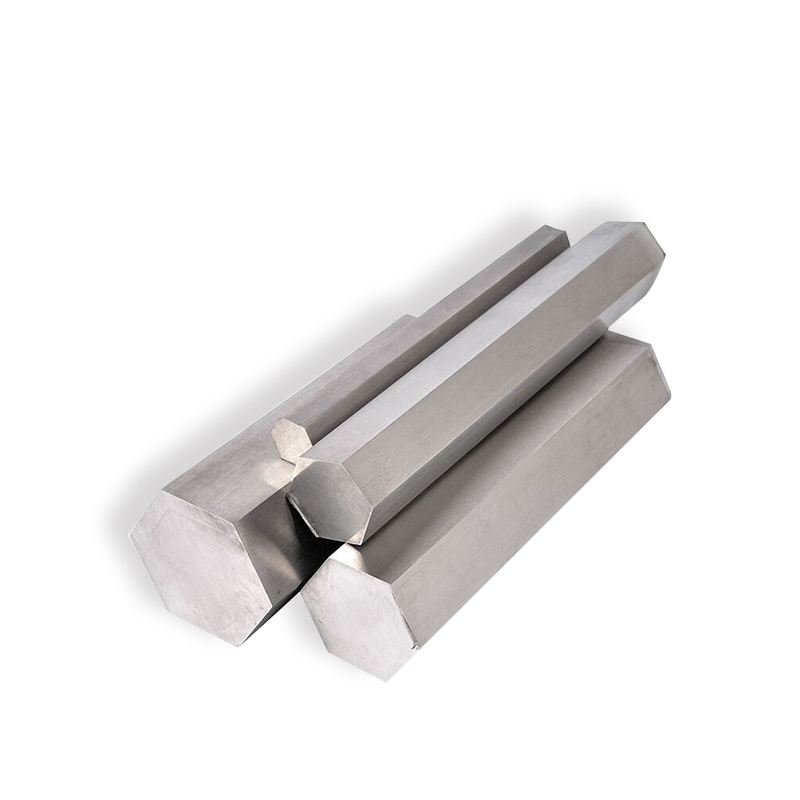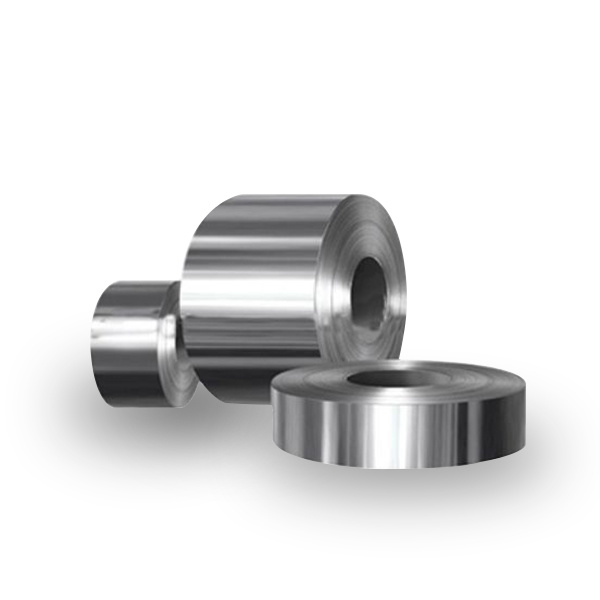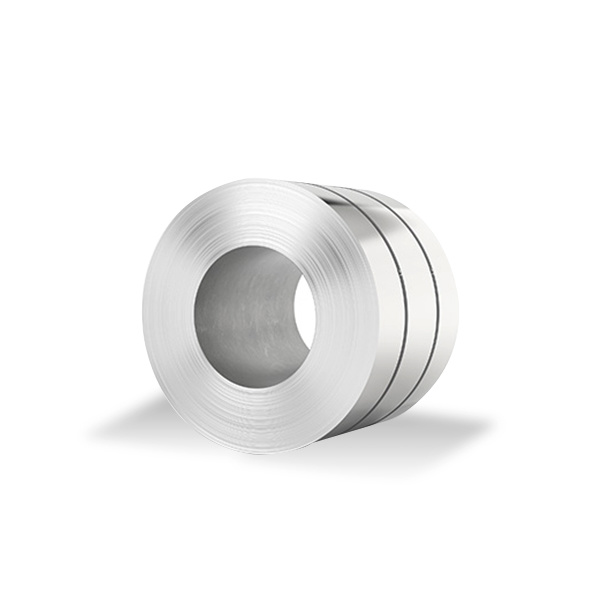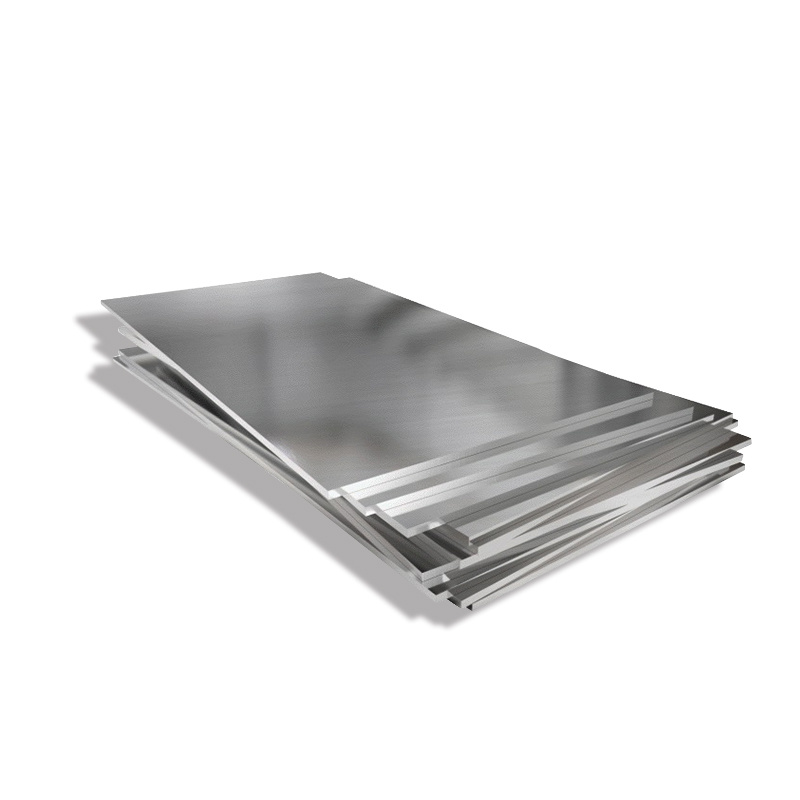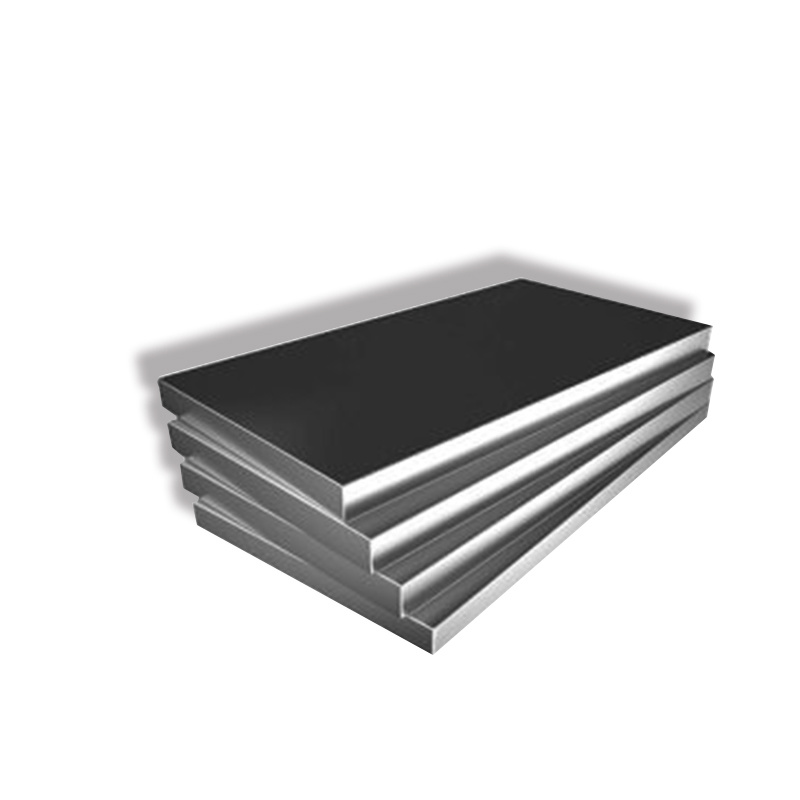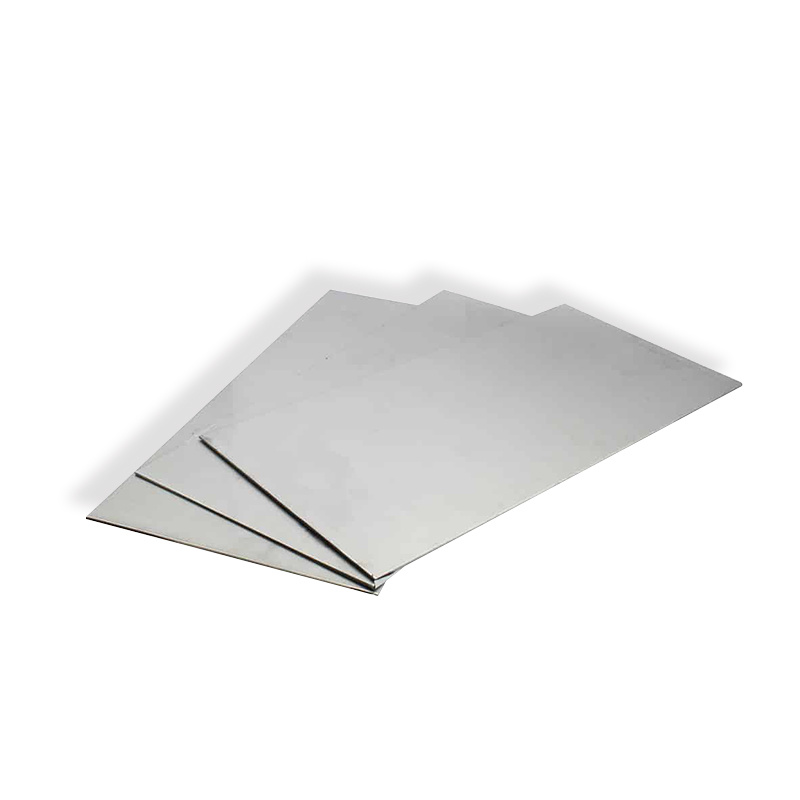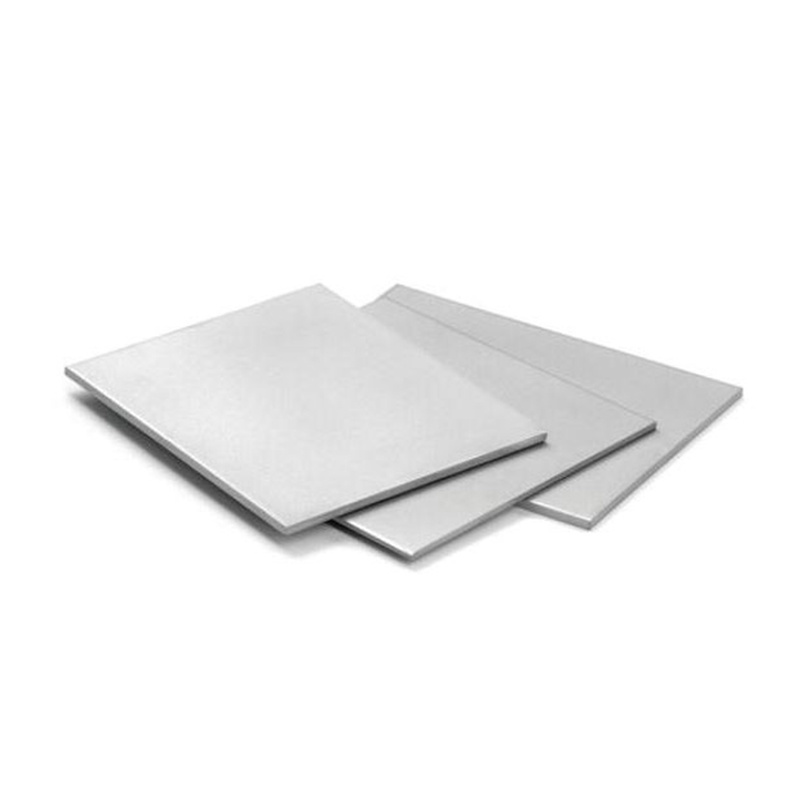PRODUCT CENTER
CONTACT US
If you are interested in cooperation, please contact us immediately, we will give you feedback as soon as possible!
Mobile
254SMO is a stainless steel originally used in seawater and other aggressive chloride environments. This grade includes a very high-end austenitic stainless steel; consisting primarily of 17.5 to 18.5 percent nickel, 19.5 and 20.5 percent chromium, 6 to 6.5 percent molybdenum, and. 18 to. 22 percent nitrogen. In this "super austenitic" chemistry, these specific levels of Cr, Ni, Mo and N give the 31254 impact toughness to resist cracking, pitting and crevice corrosion, and almost twice the strength of 300 series stainless steel.
VIEW MORE +
430 grade is a ferritic, straight chromium, non-hardenable grade that combines good corrosion resistance and formability characteristics with useful mechanical properties. Its resistance to nitric acid attack allows it to be used in specific chemical applications, but automotive trim and electrical components represent its largest areas of application.
VIEW MORE +
439 steel is in the ordinary ferrite material (430) on the basis of reducing the content of C, while adding Ti and other stabilizing elements, so that the steel intergranular corrosion resistance, formability and weldability are improved. Compared with the 304 steel, although the elongation is low (about 30%), but the strength, corrosion resistance, and corrosion resistance is better than 200 series materials.
VIEW MORE +
444 stainless steel is a ferritic stainless steel, the national standard grade is 00 Cr18Mo2, its elements of ultra-low carbon nitrogen, chromium content of 18% and 2% molybdenum content, strong corrosion resistance. This type of stainless steel is usually stabilized by niobium or titanium, which can prevent intergranular corrosion after welding.
VIEW MORE +
410 is a basic general-purpose martensitic stainless steel, used for high-stress parts, with good corrosion resistance and high strength and hardness. The alloy 410 contains at least 11.5 percent chromium, which is just enough to exhibit corrosion resistance in mild atmospheres, vapors, and many mild chemical environments. It is a general-purpose grade, usually provided in a hardened but still processable condition, for applications that require high strength, medium heat resistance and corrosion resistance. After the 410 is hardened, tempered and polished, it shows the greatest corrosion resistance.
VIEW MORE +
416 is a martensitic free-working chromium steel alloy, which is generally considered a first free-working stainless steel. It has the highest machinability of any stainless steel, about 85% of free-machining carbon steel. Martensitic stainless steels are designed to harden by heat treatment and have corrosion resistance. Although the corrosion resistance of 416 alloy and other martensitic stainless steels is not as good as that of austenitic or ferritic stainless steels, it still exhibits good corrosion and oxidation resistance and high strength in hardened and tempered conditions.
VIEW MORE +
420 is a hardenable martensitic stainless steel that contains at least 12% chromium, just enough to provide corrosion resistance. It has good ductility in the annealed condition, but can be hardened to a minimum Rockwell hardness of 50 HRC, which is the highest hardness in the 12% chromium scale. Due to its hardening properties, 420 are not often welded, although this is possible. Martensitic stainless steel is designed for high hardness, and sometimes other properties will be affected to a certain extent. The corrosion resistance is lower than that of ordinary austenite grades, and its effective operating range is limited by its ductility loss at sub-zero temperatures and strength loss due to excessive tempering at high temperatures. The best corrosion resistance is obtained when the metal is hardened and subjected to surface grinding or polishing.
VIEW MORE +
430 grade is a ferritic, straight chromium, non-hardenable grade that combines good corrosion resistance and formability characteristics with useful mechanical properties. Its resistance to nitric acid attack allows it to be used in specific chemical applications, but automotive trim and electrical components represent its largest areas of application.
VIEW MORE +


